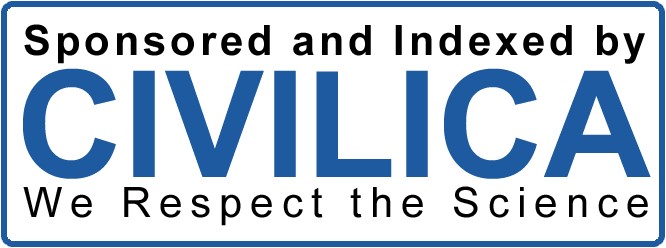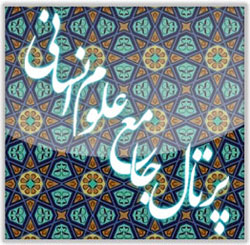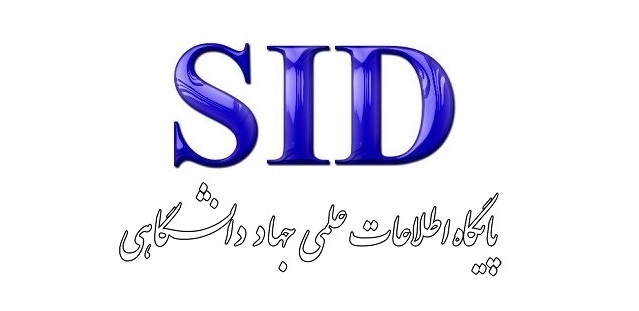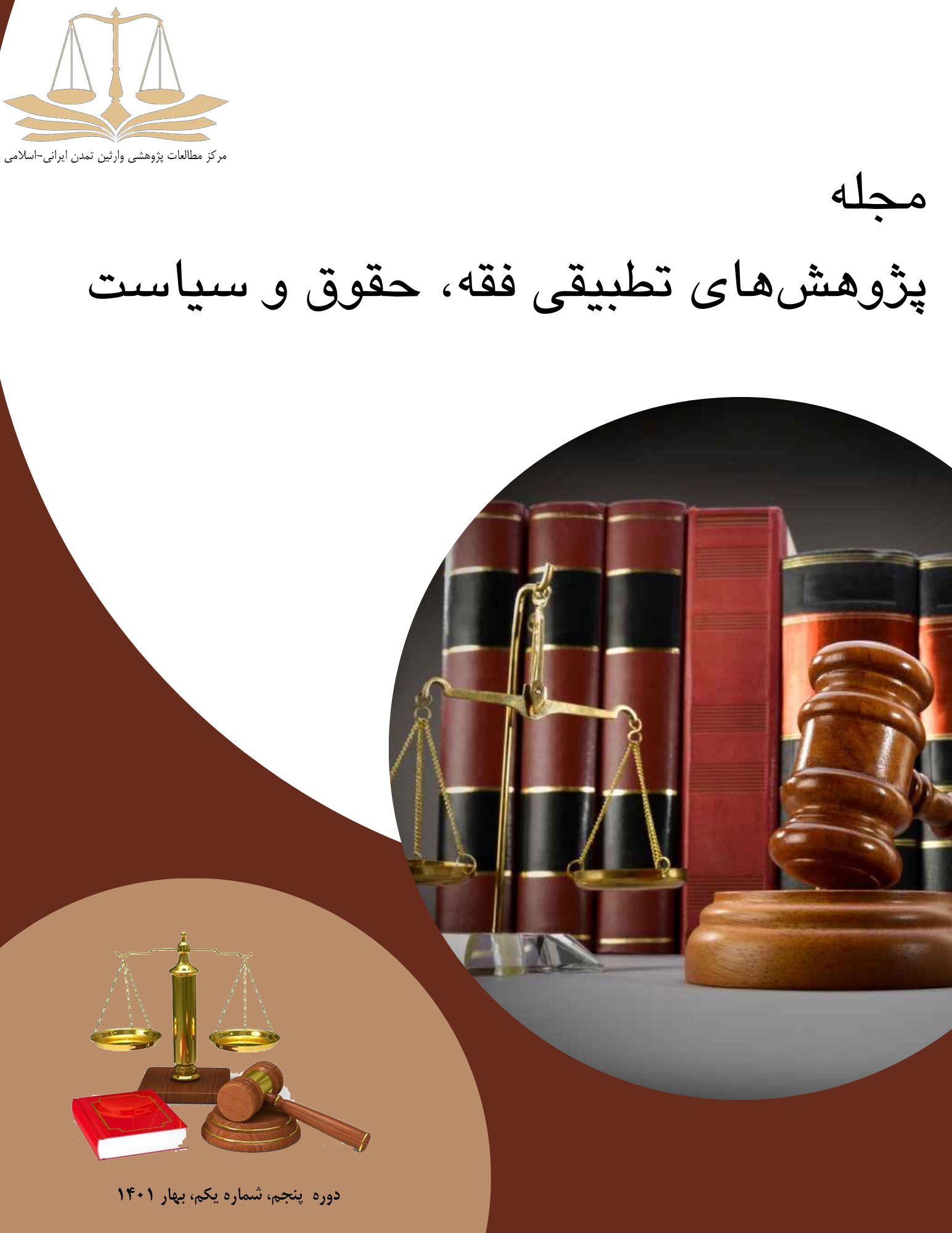Judicial presumptions Iranian and U.S. Legal systems
Keywords:
Judicial presumption, Judge's discretion, Evidence, U.S. legal system, Common lawAbstract
The concept of judicial presumption, meaning the tool for presenting specific evidence in each case, is not only beyond the drafting and specific legal framework of each country but also an external reality that each legal system must address to ensure comprehensiveness and the assurance of justice. Naturally, the differences in legal traditions across various legal customs mean that different legal systems approach a single issue with significant differences. In this paper, we have examined the approach of the legal systems of the Islamic Republic of Iran and the United States of America to this concept. First, we discussed the generalities of comparative studies, of which this study is a derivative. Then, we presented the existing judicial practices regarding this issue in both legislative systems. We identified those fundamental legal concepts that have reciprocal effects with the concept of judicial presumption and examined them in the roots of each legal system with an approach to fundamental events and thoughts related to these concepts. Finally, we addressed the question of whether, despite the major differences in the legal approach to judicial presumptions, there can be seen strands of similarity in more fundamental adjacent concepts.
References
خمینی، ر. (1360). ولایت فقیه. تهران: مؤسسه تنظیم و نشر آثار امام خمینی.
زراعت، ع.، حاجیزاده، ح. (1390). ادله اثبات دعوا. تهران: انتشارات قانون مدار.
شمس، ع. (1392). ادله اثبات دعوا (حقوق ماهوی و شکلی). تهران: انتشارات دراک.
صالح احمدی، س. (1392). ادله و ابزار اثبات دعوا در نظم حقوقی کنونی. تهران: موسسه گام حق.
طباطبائی، س. م. ح. (1374). شیعه در اسلام. تهران: الغدیر.
قرجهلو، ع. (بیتا). امارات قضایی در حقوق کیفری ایران و انگلیس. نشریه تحقیقات حقوقی، (49)، 461-512.
کاتوزیان، ن. (1382). اثبات و دلیل اثبات. تهران: انتشارات میزان.
مرکز پژوهشهای اسلامی. (1378).
Amanat, A.(2017).Iran: A Modern History.Yale University Press.
Arjomand, S.A.(1988).The Turban for the Crown: The Islamic Revolution in Iran.Oxford University Press.
Baker, J.H.(1979).An Introduction to English Legal History.London: Butterworths.
Bell v.Wolfish, 441 U.S.520 (1979).
Caenegem, R.C.van.(1988).The Birth of the English Common Law.Cambridge, UK: Cambridge University Press.
Coulson, N.J.(1964).A History of Islamic Law.Edinburgh University Press.
Déclaration des Droits de l'Homme et du Citoyen.(1789).
Donoghue v.Stevenson, A.C.562 (1932).
Entick v.Carrington, 95 Eng.Rep.807 (1765).
Hallaq, W.B.(2009).An Introduction to Islamic Law.Cambridge University Press.
Holland v.United States, 348 U.S.121 (1954).
Laughlin, J.(1953).Perspectives U.S.A.New York, NY: Intercultural Publications.
Madelung, W.(1997).The Succession to Muhammad: A Study of the Early Caliphate.Cambridge University Press.
McCormick, C.T.(1972).McCormick's Handbook of the Law of Evidence.St.Paul, MN: West Publishing Co.
Merriam-Webster.(1996).Merriam-Webster's Dictionary of Law.Springfield, MA: Merriam-Webster, Incorporated.
Momen, M.(1985).An Introduction to Shi'i Islam: The History and Doctrines of Twelver Shi'ism.Yale University Press.
Mottahedeh, R.(1985).The Mantle of the Prophet: Religion and Politics in Iran.Pantheon Books.
Sachedina, A.(1988).The Just Ruler in Shi'ite Islam: The Comprehensive Authority of the Jurist in Imamite Jurisprudence.Oxford University Press.
U.S.Constitution.(1992).
U.S.Federal Rules of Evidence.(2023).
United States v.Jackson, 390 U.S.570 (1970).
Downloads
Published
Submitted
Revised
Accepted
Issue
Section
License
Copyright (c) 1402 Ali Azizi (Author); Mohammad Sadeghi (Corresponding author); Hamidreza Alikarami (Author)

This work is licensed under a Creative Commons Attribution-NonCommercial-ShareAlike 4.0 International License.








